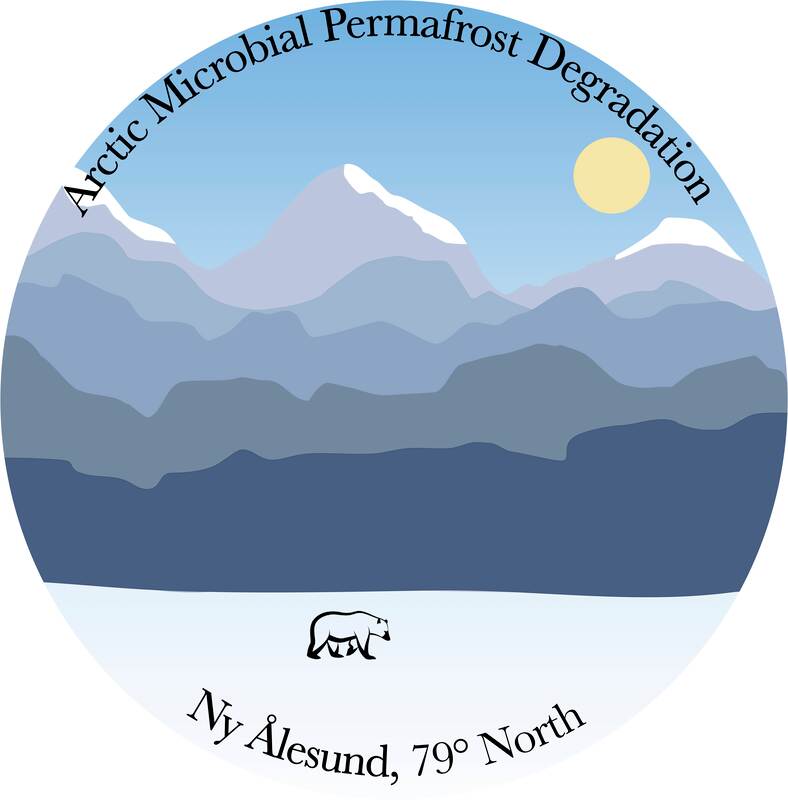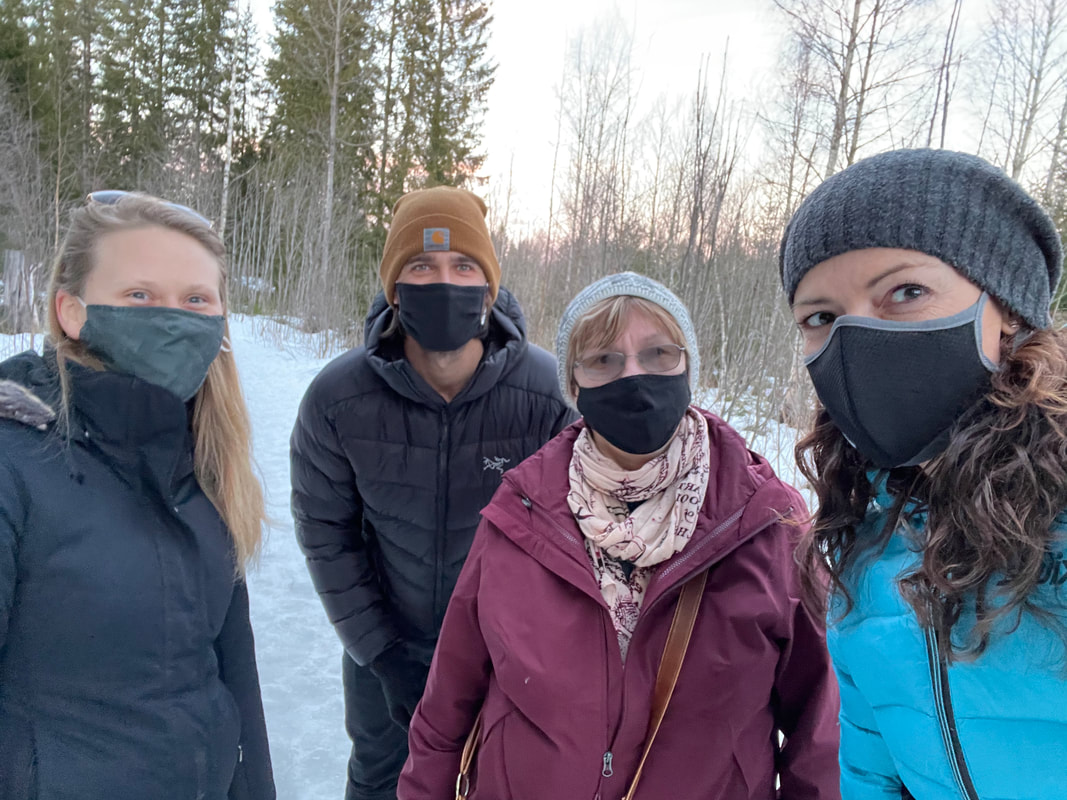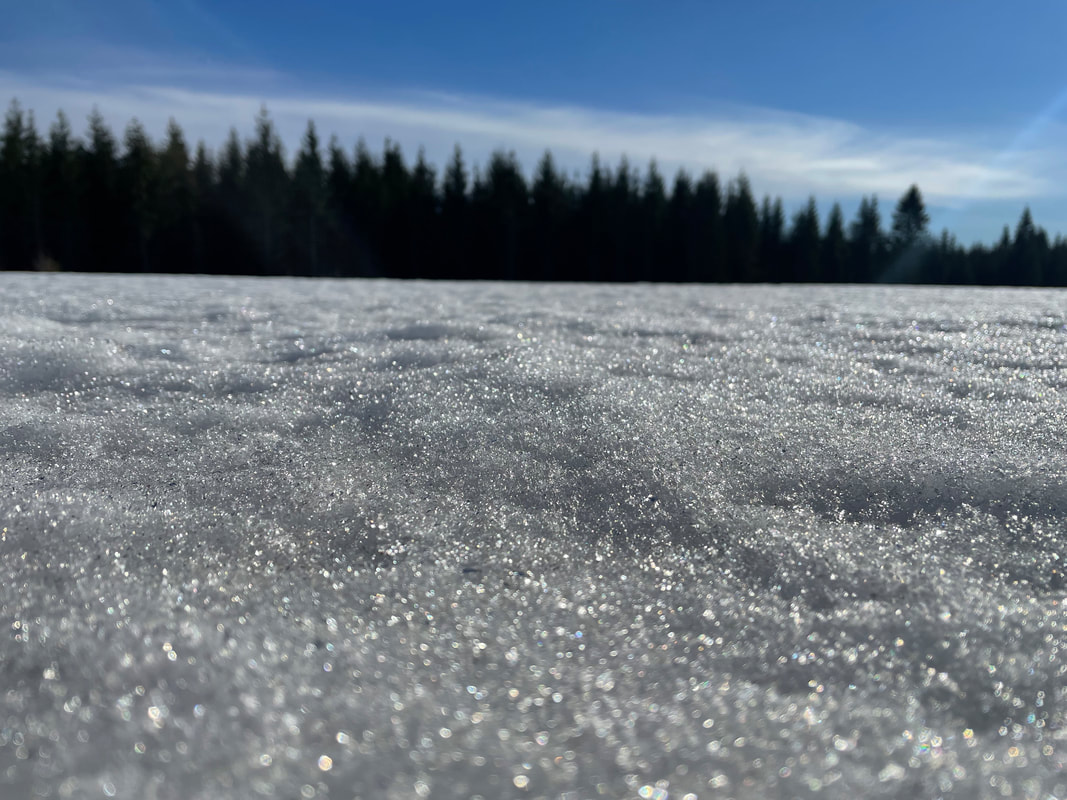|
James Bradley
Our team is travelling to Ny-Ålesund, Svalbard, which at 79°N is only a few hundred miles from the North Pole. Once there, we will drill into the frozen Arctic ground to understand how climate change is changing soil biology and chemistry, and driving carbon dioxide and methane release from the soil. Left to right: Katie Sipes, James Bradley, Tatiana Vishnivetskaya, Karen Lloyd One year later than originally planned (due to the Covid-19 shut-down cancelling our field work last year a few weeks before we were scheduled to go), during which a further 36 billion tonnes of CO2 have been released by humans to the atmosphere, our team of eleven scientists have made it from five different countries to Oslo, Norway, where we are confined to hotel quarantine before it is safe to continue on to Svalbard.
Our extremely complex Covid-compliant logistical plan has encountered numerous difficulties along the way, and is still under constant review, as we lose count of the number of flights we’ve changed. Yet we remain in remarkably high spirits. In a matter of days, Covid-tests permitting, our whole team will be arriving in Longyearbyen - Svalbard’s largest settlement of just upwards of 2,000 people, to embark on a ship that will sail us further up the western coast of Spitsbergen to our field site. Check back in and follow our adventure over the coming days and weeks! The AMP’D field team is: Karen Lloyd (Lead PI), Tatiana Vishnivetskaya (co-PI), Brianna Green, Sayali Mulay and Katie Sipes from the University of Tennessee, Knoxville USA; Donato Giovannelli and Matteo Selci from the University of Naples, Italy, James Bradley from Queen Mary University of London, UK, and the GFZ German Centre for Geosciences, Potsdam, Germany; Margaret Cramm from Queen Mary University of London, UK, Andrey Abramov at the Institute of Physicochemical and Biological Problems in Soil Science (IPCBPSS RAS) at the Russian Academy of Sciences, and Julia Boike at the Alfred Wegener Institute in Potsdam, Germany. The wider AMP’D project also involves Co-Investigators: Andrew Steen (University of Tennessee), Tullis C Onstott (Princeton University), Robert Hettich (Oak Ridge National Laboratory), and John Cliff (Pacific Northwest National Laboratory).
0 Comments
Leave a Reply. |
Archives
March 2024
Categories |



 RSS Feed
RSS Feed
